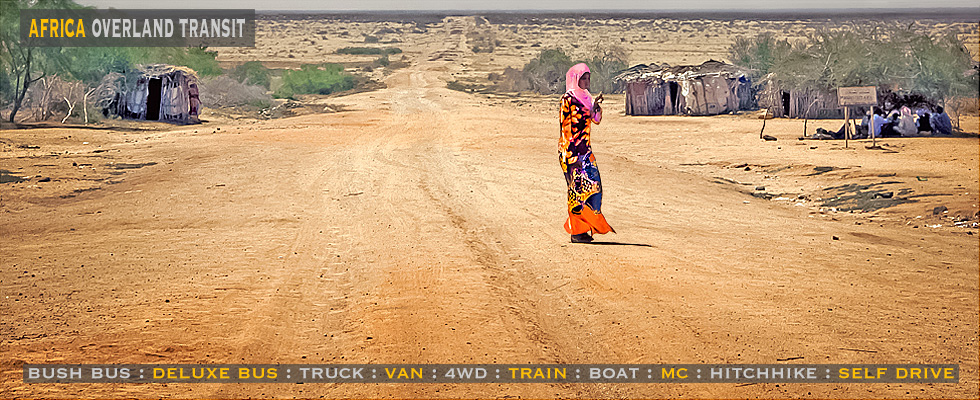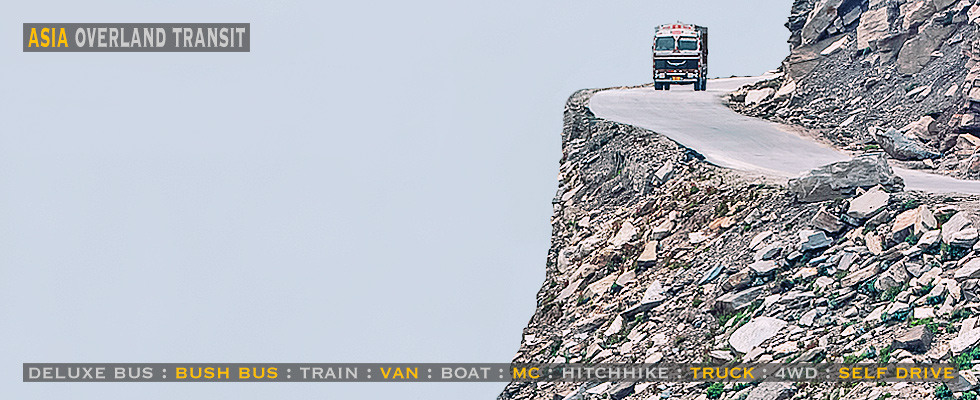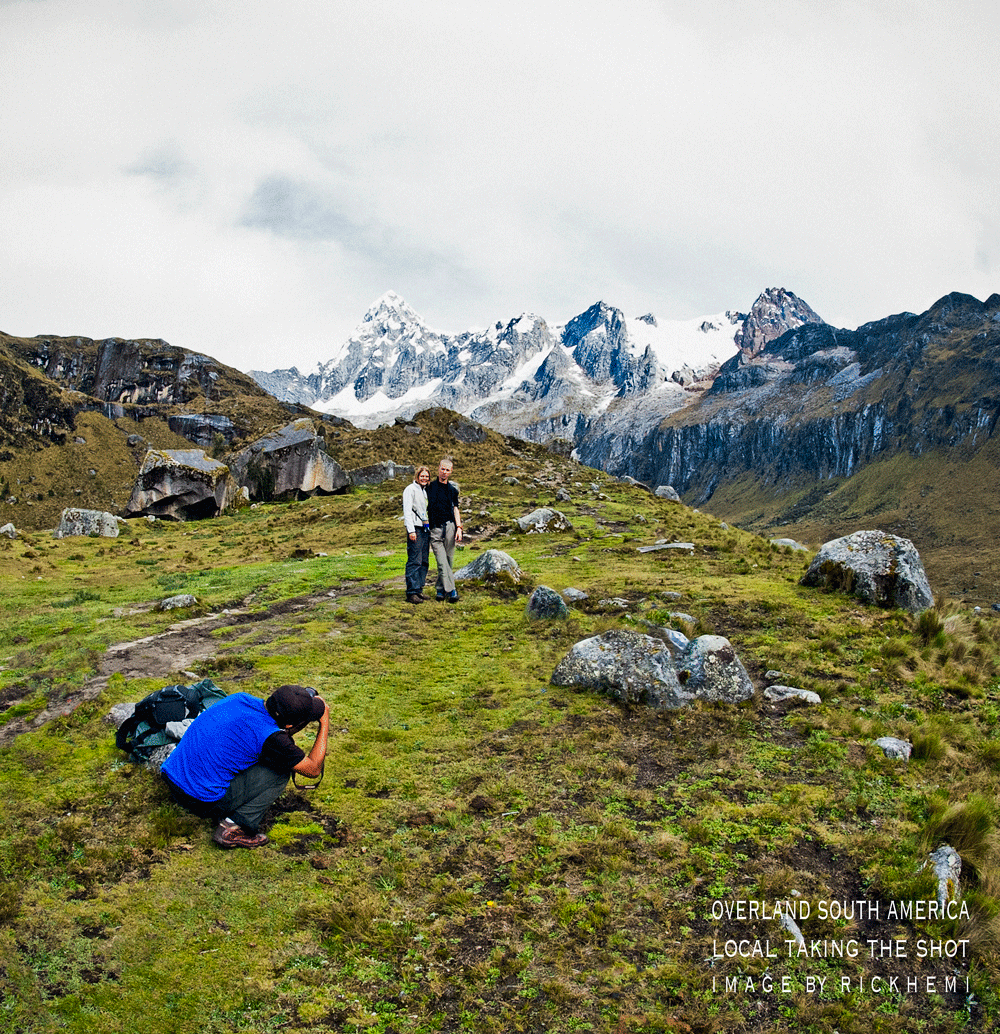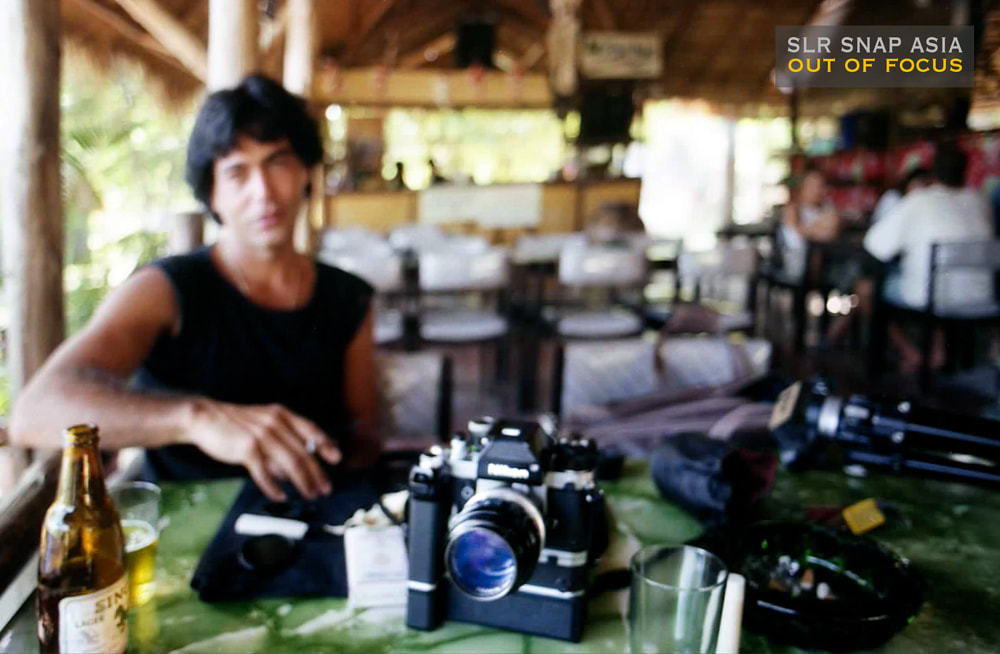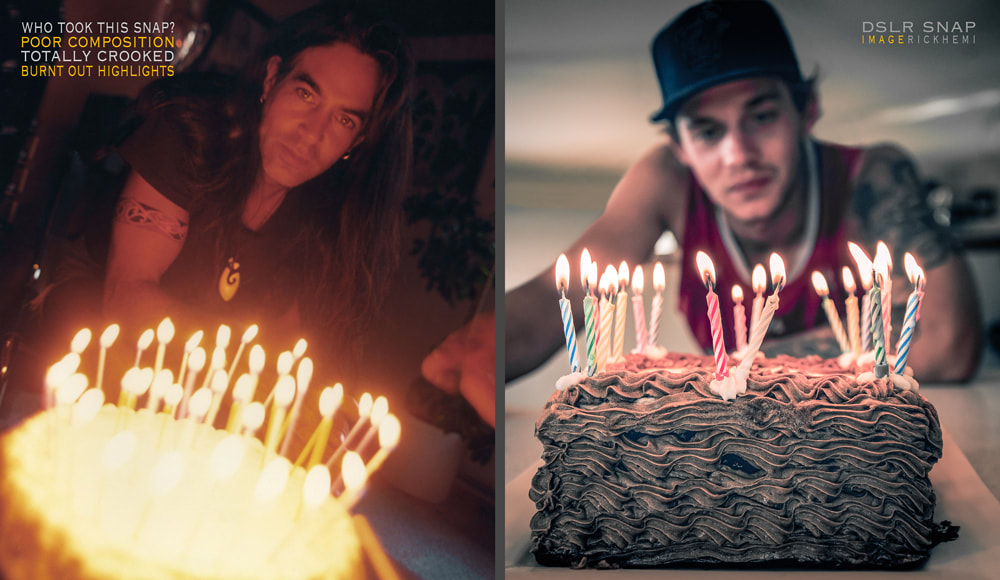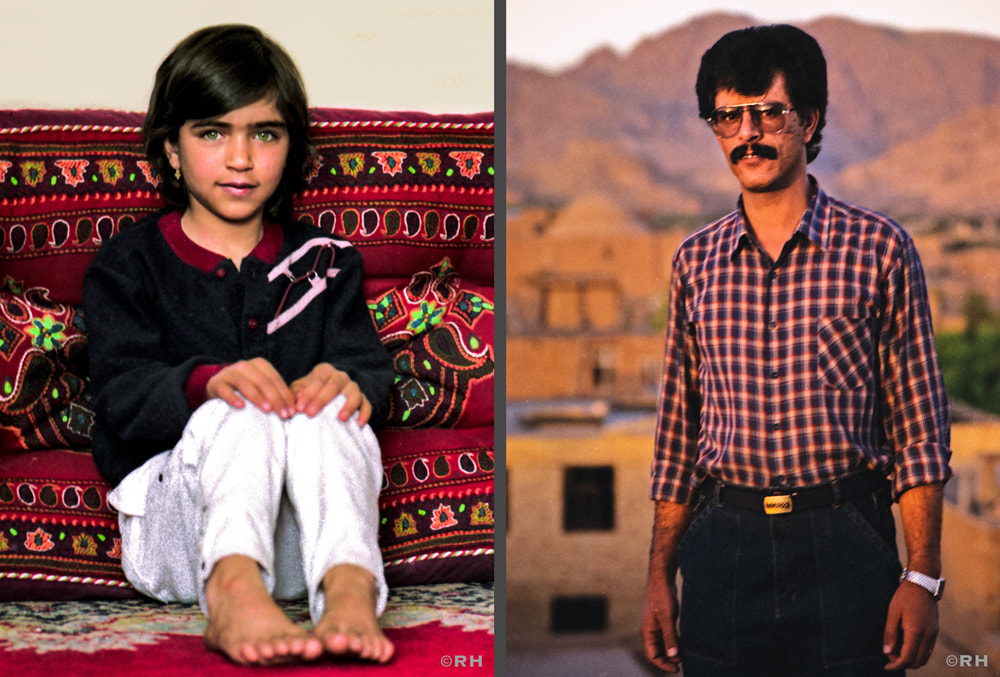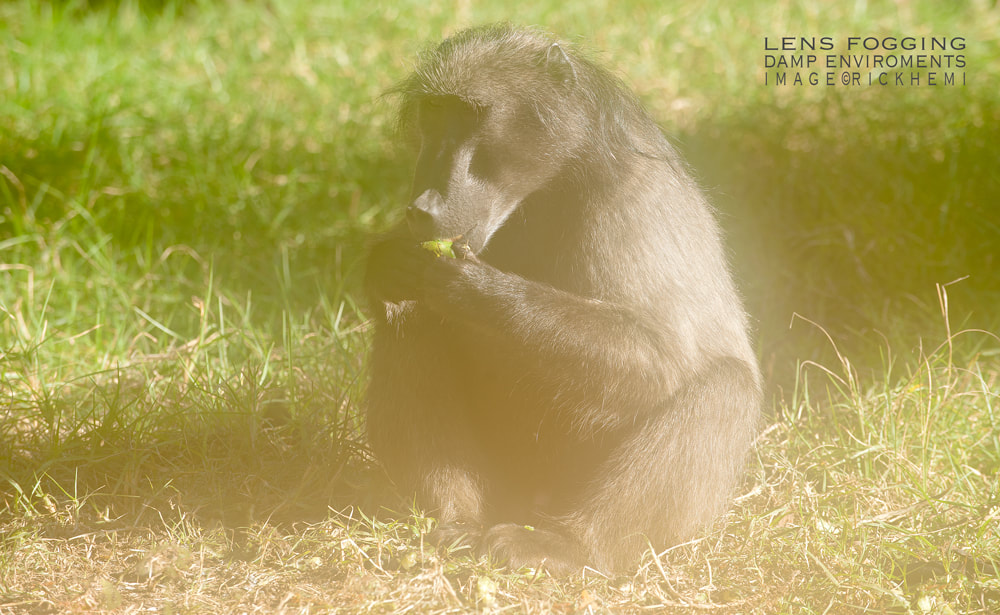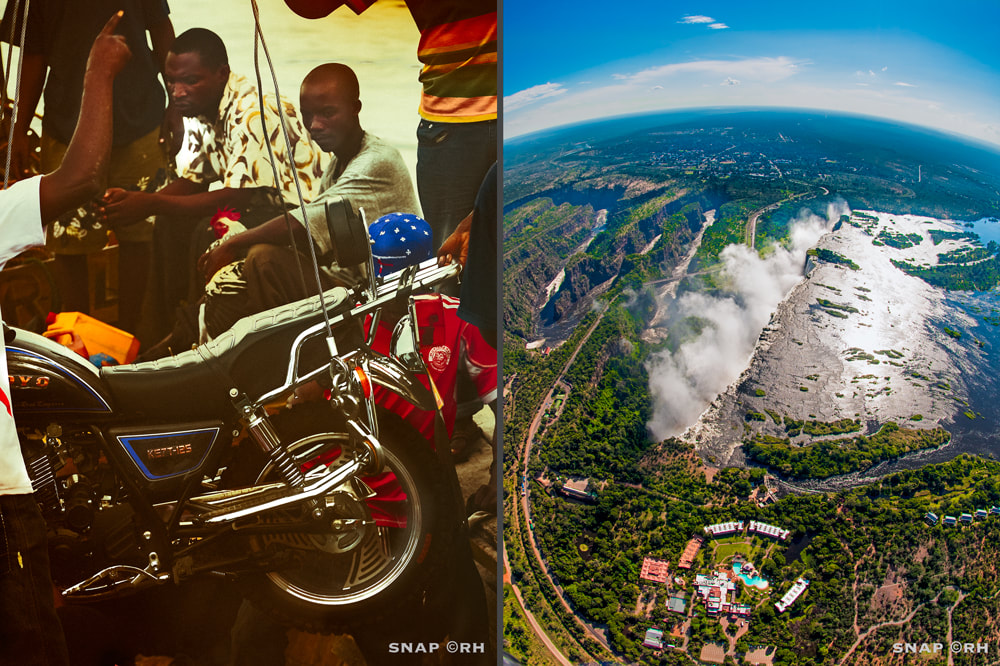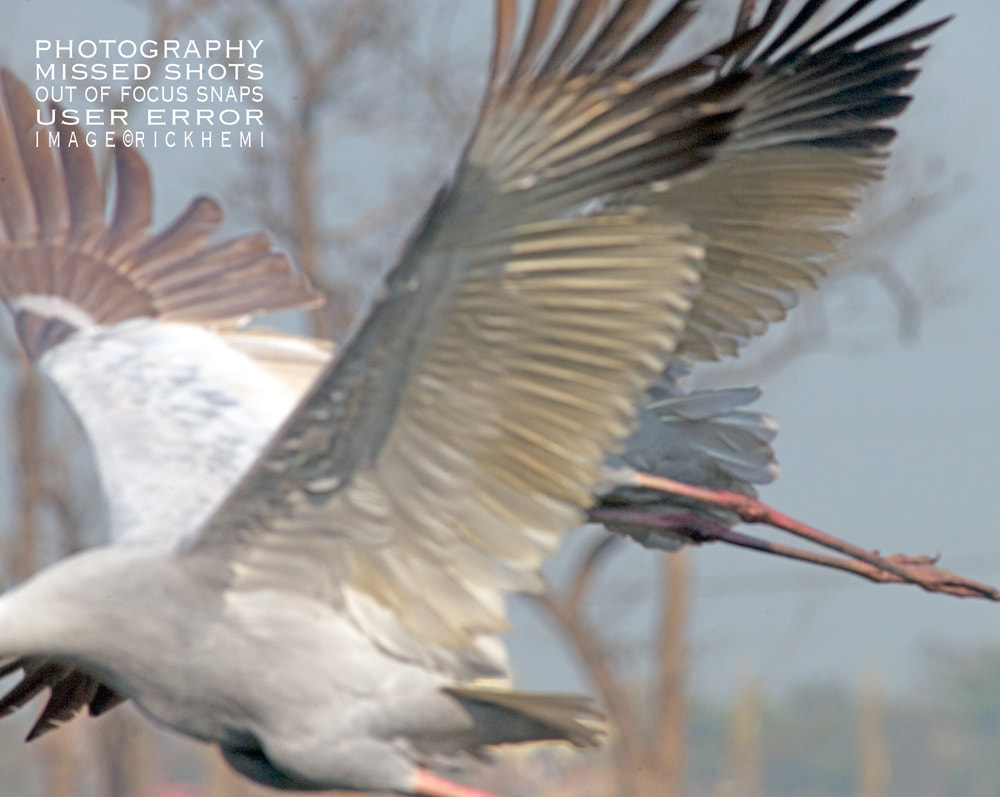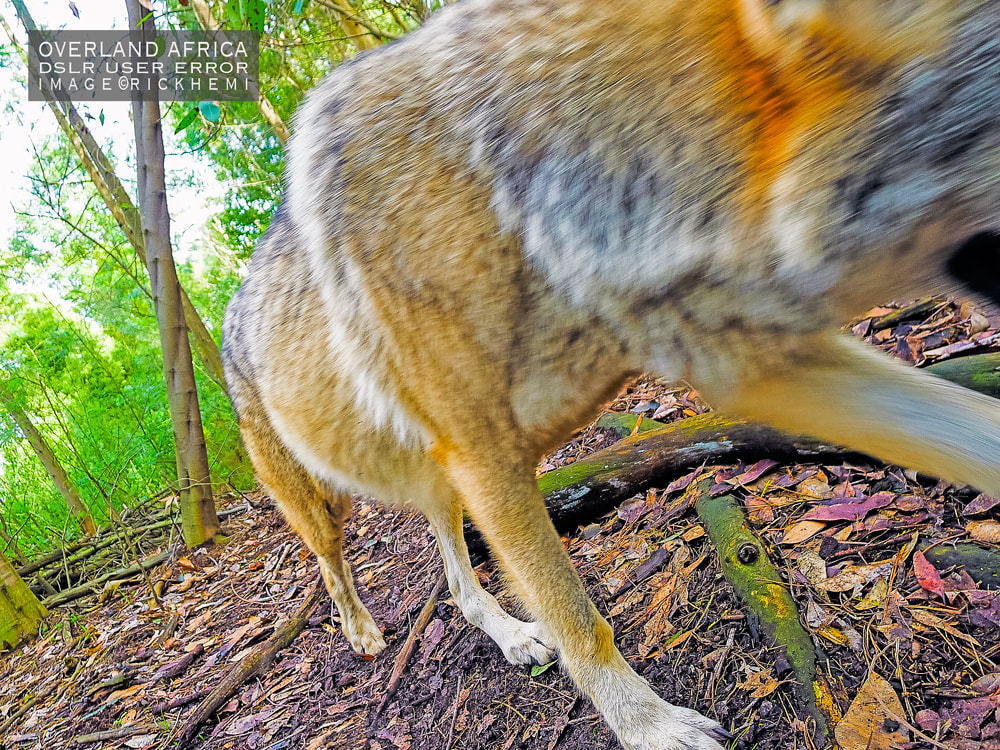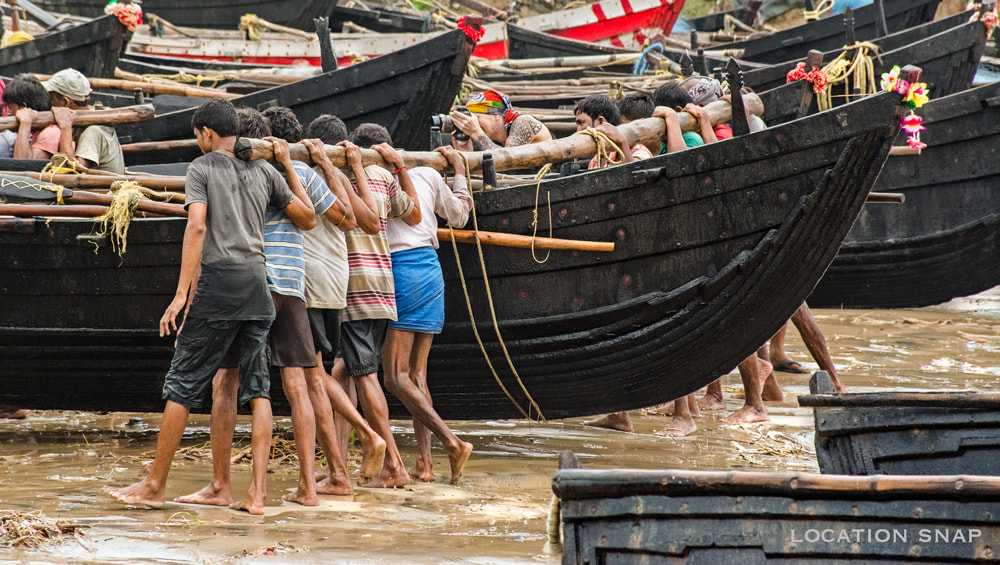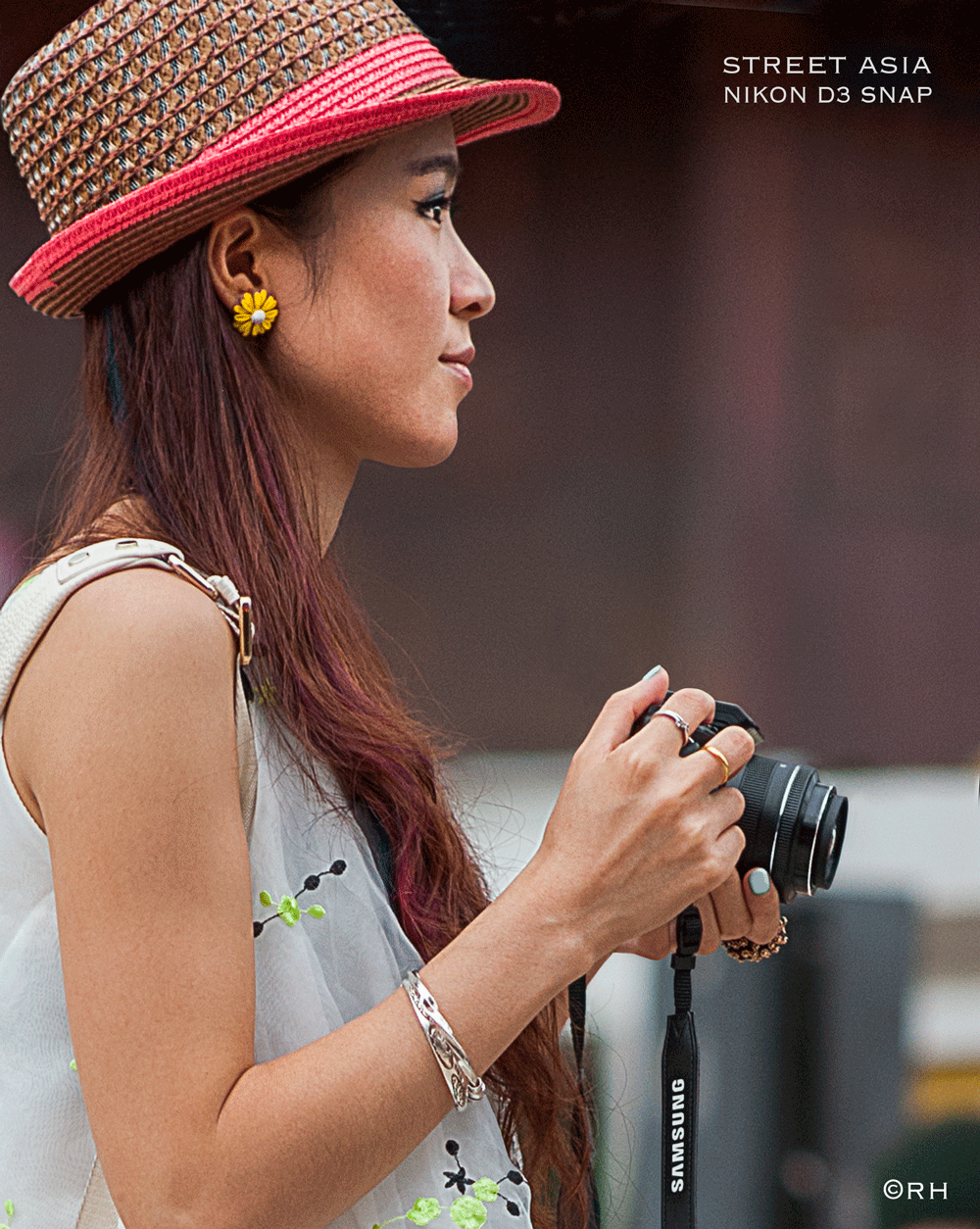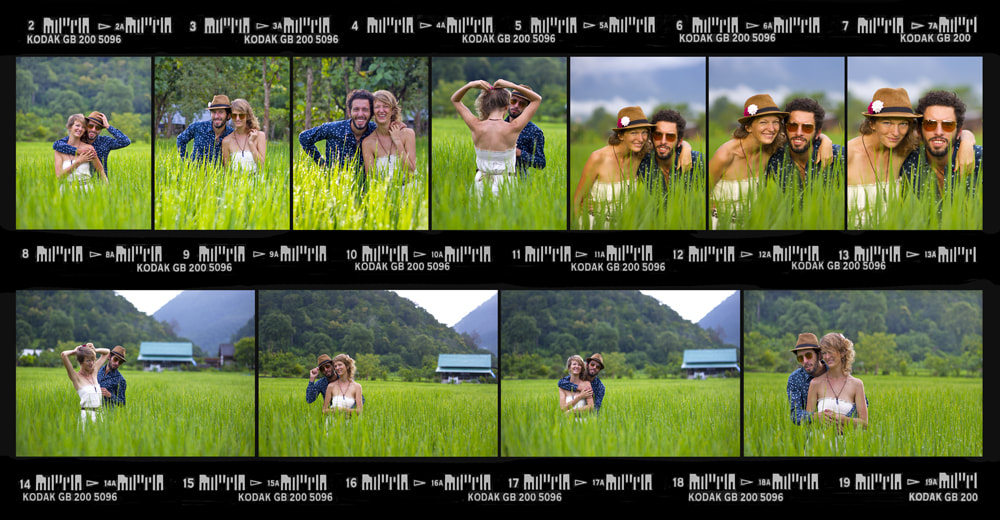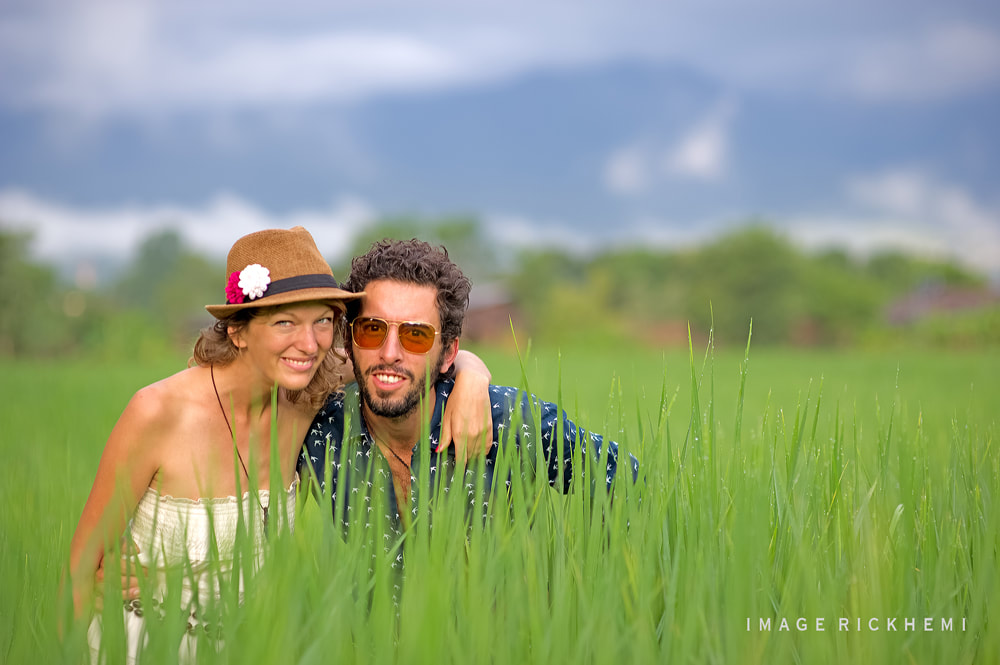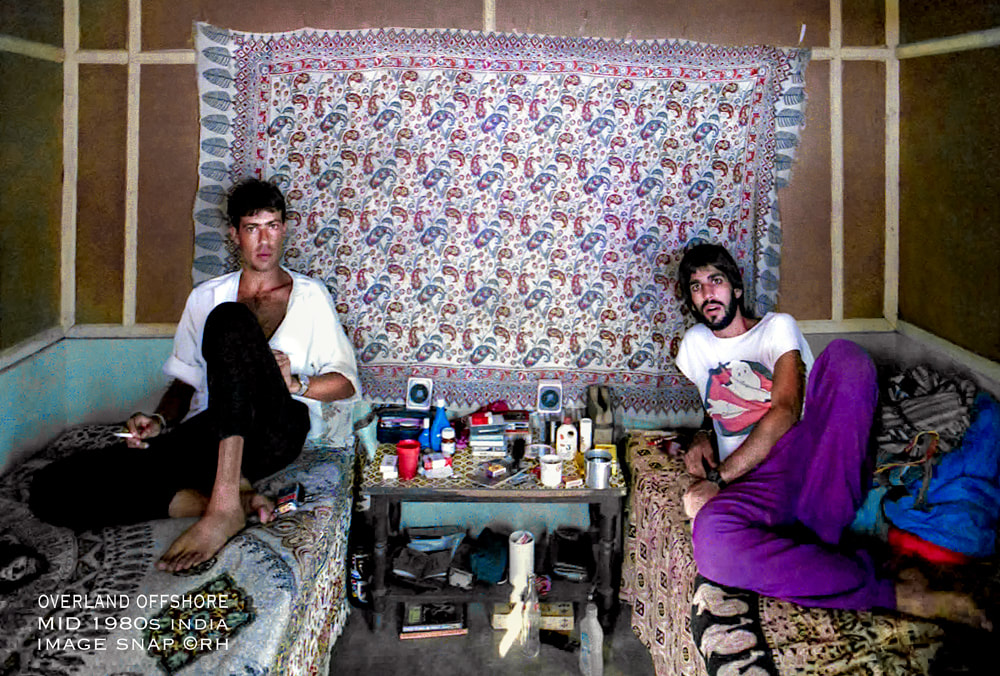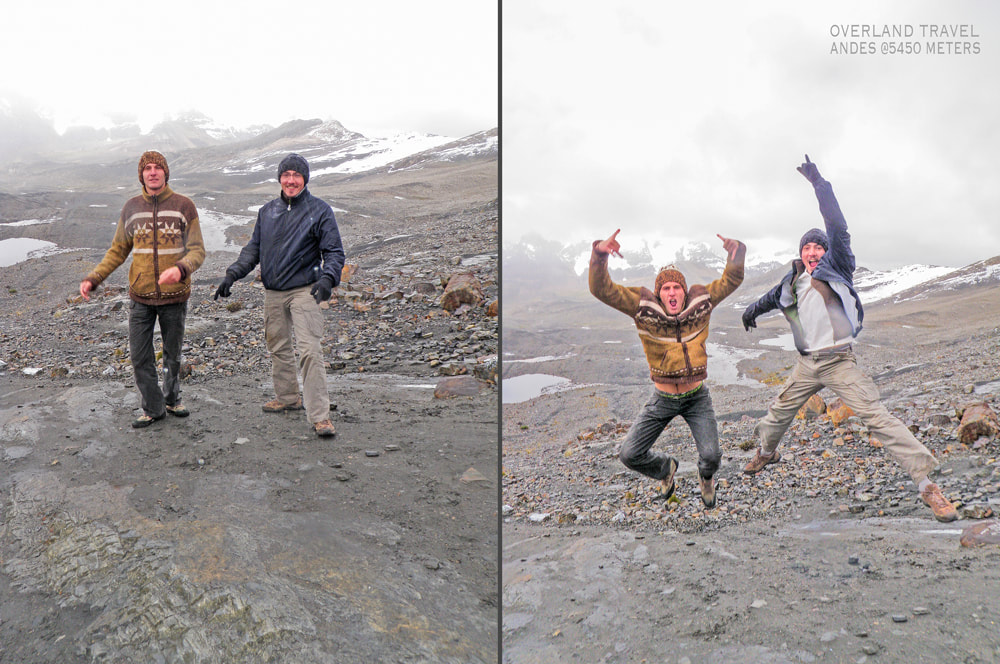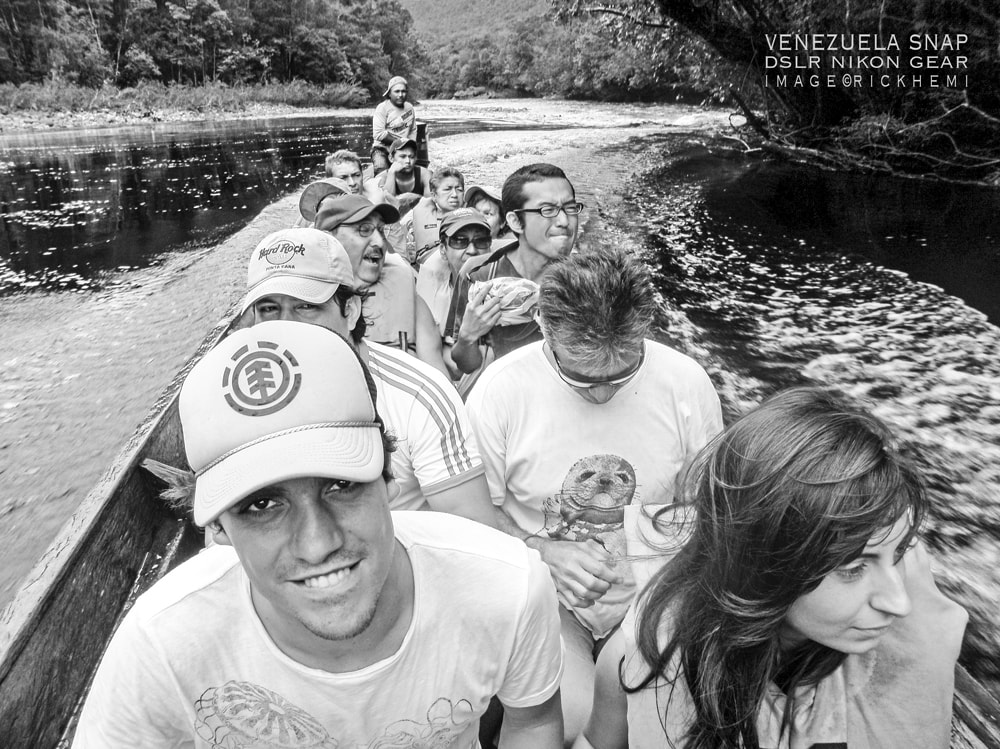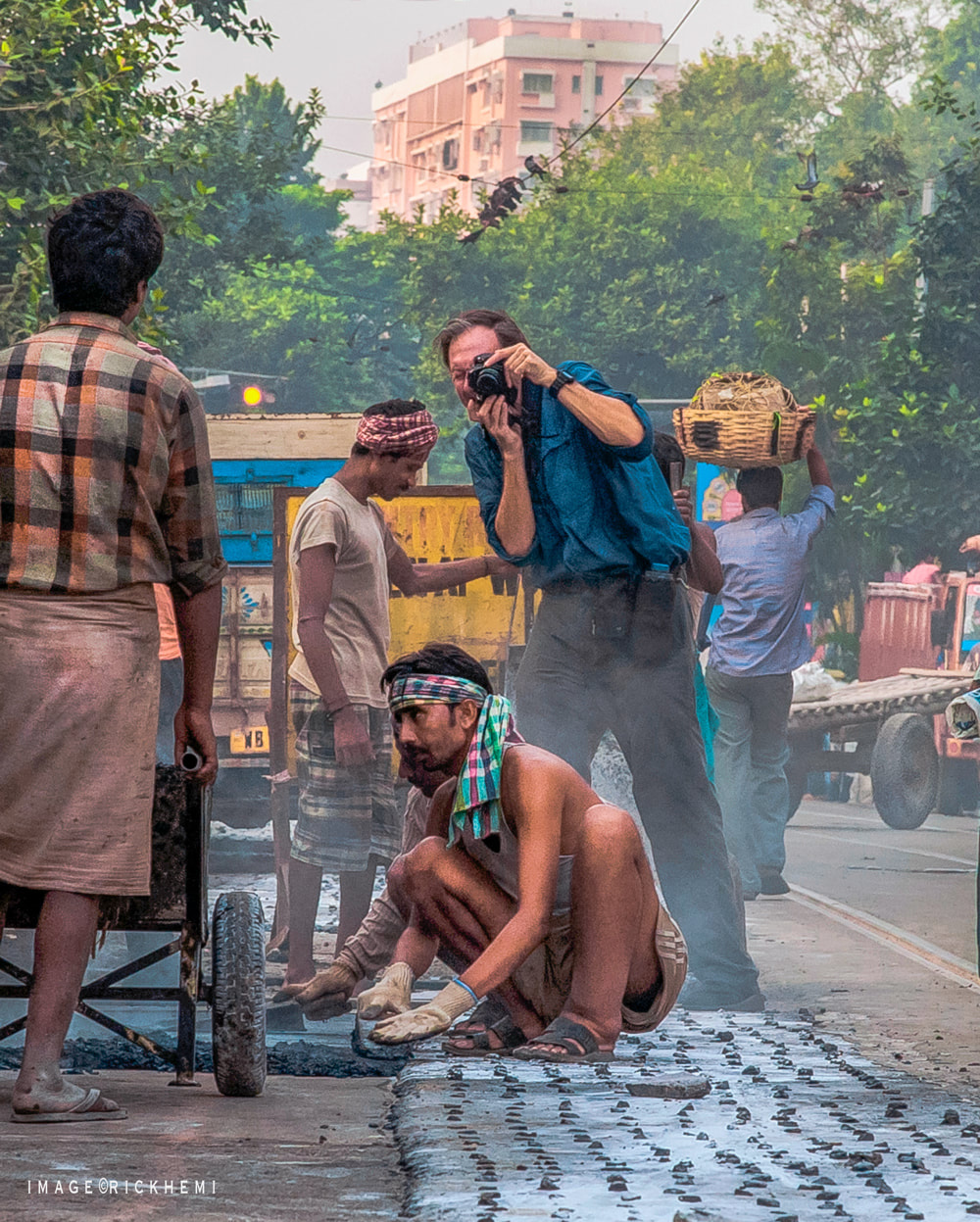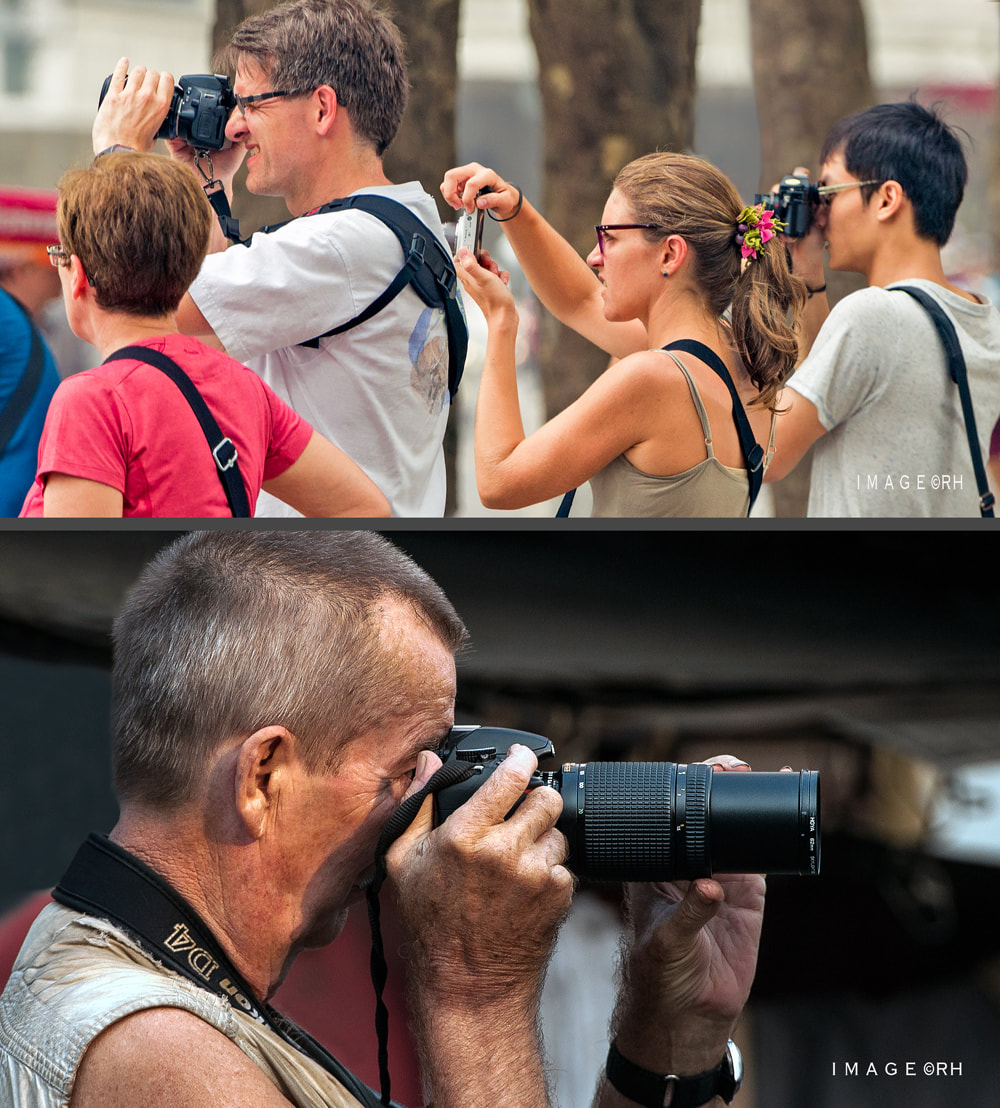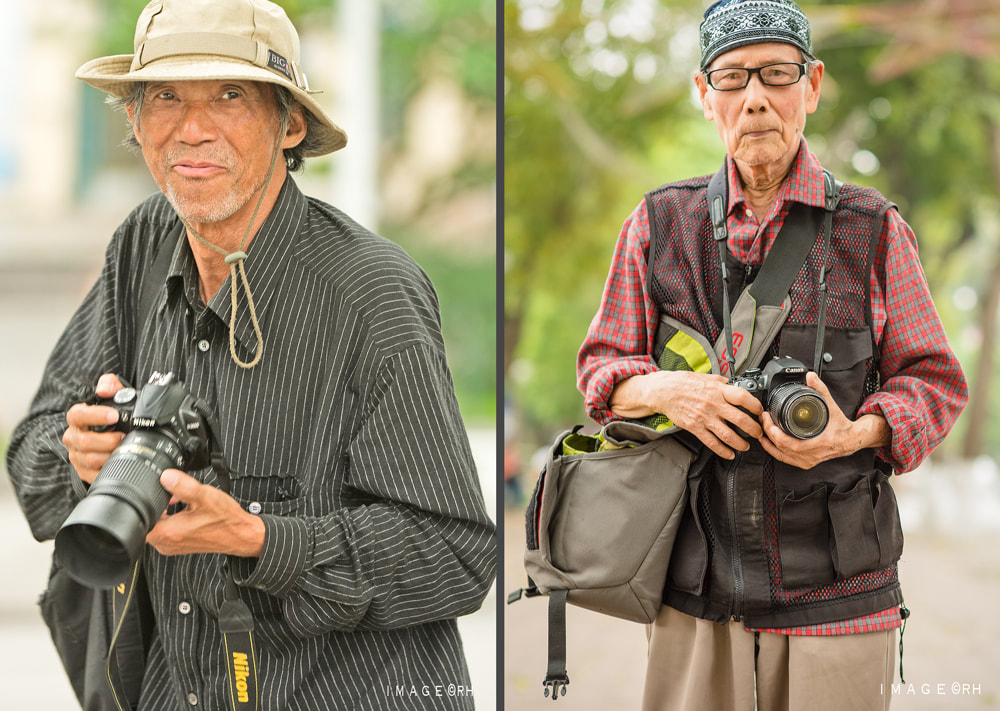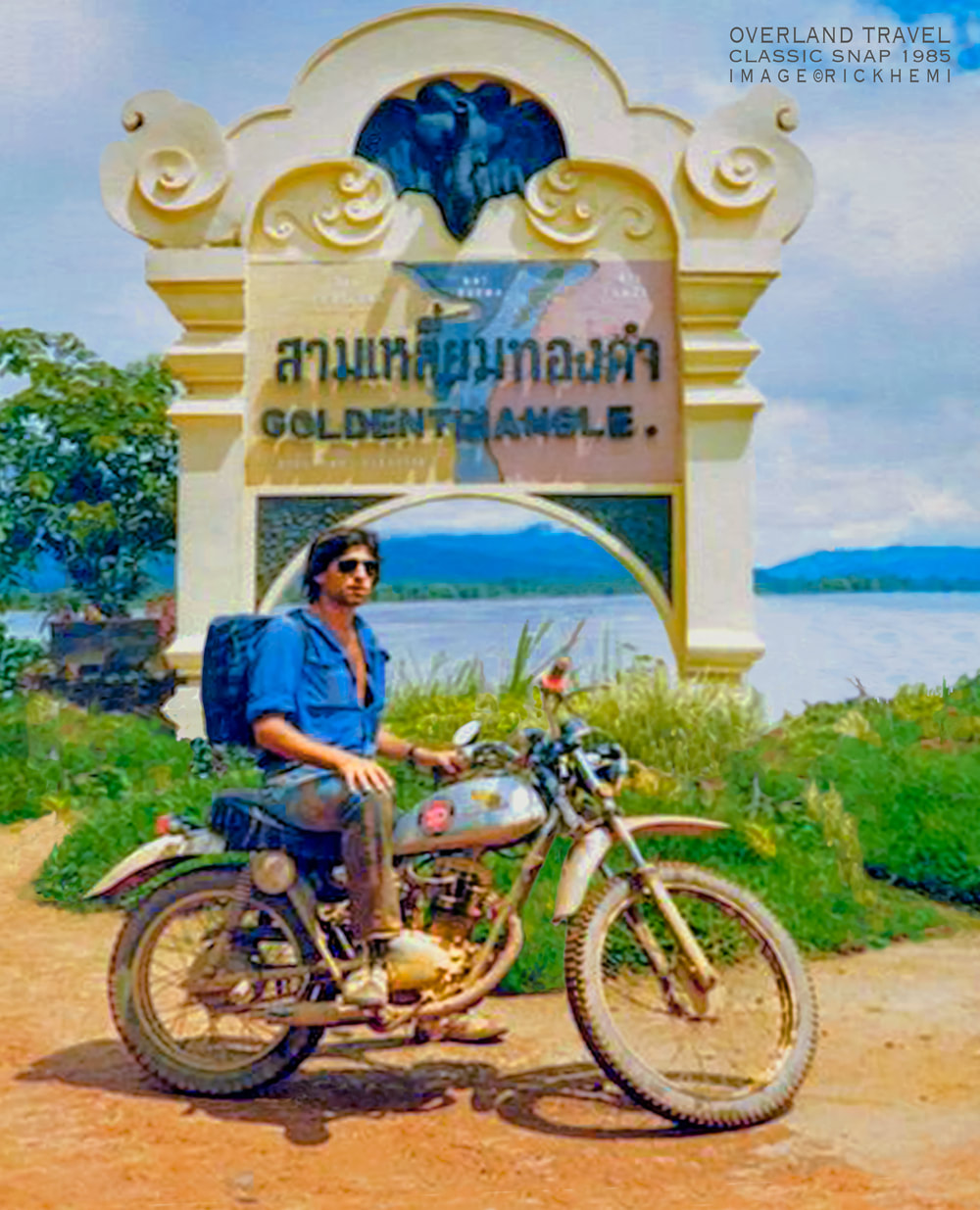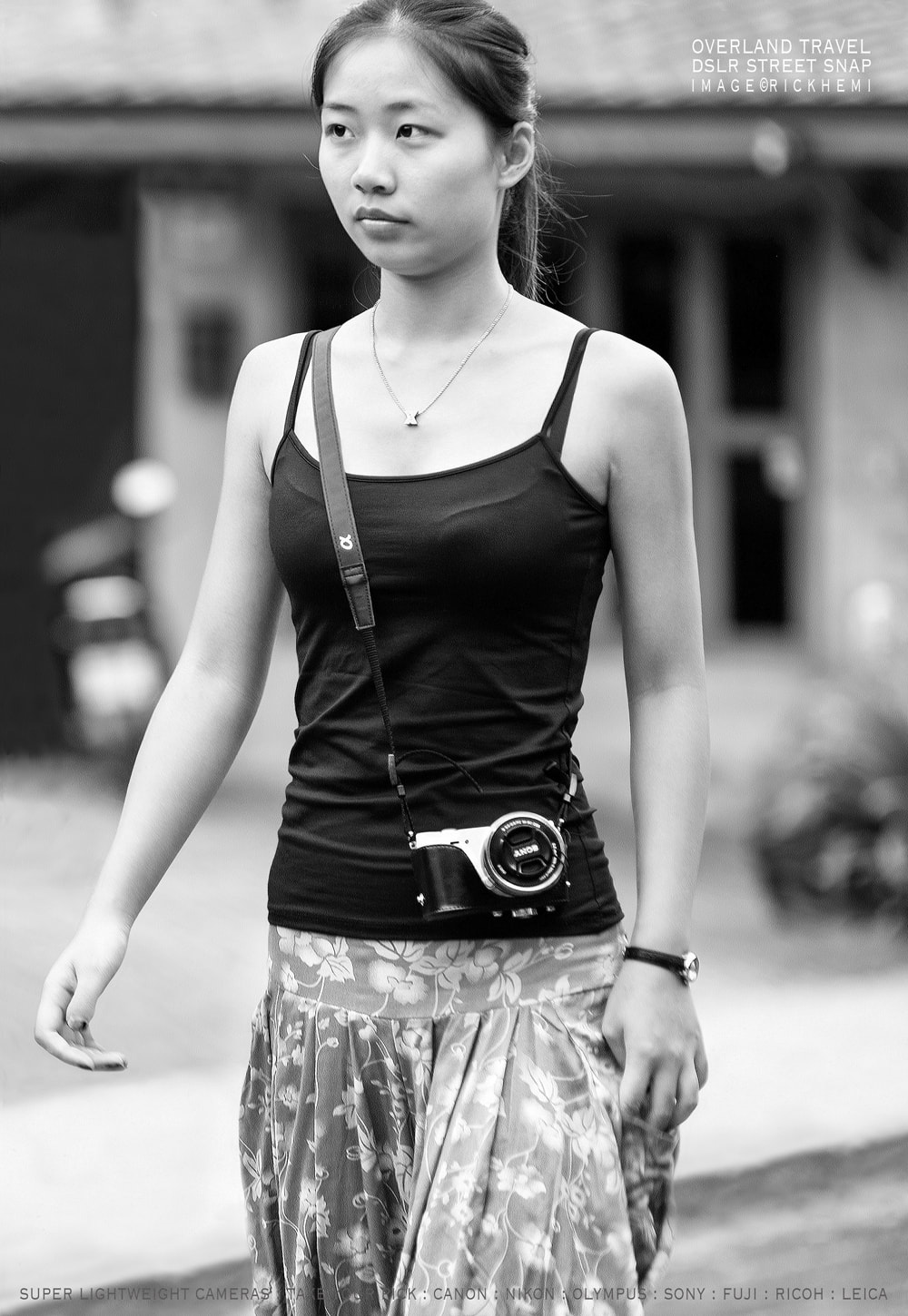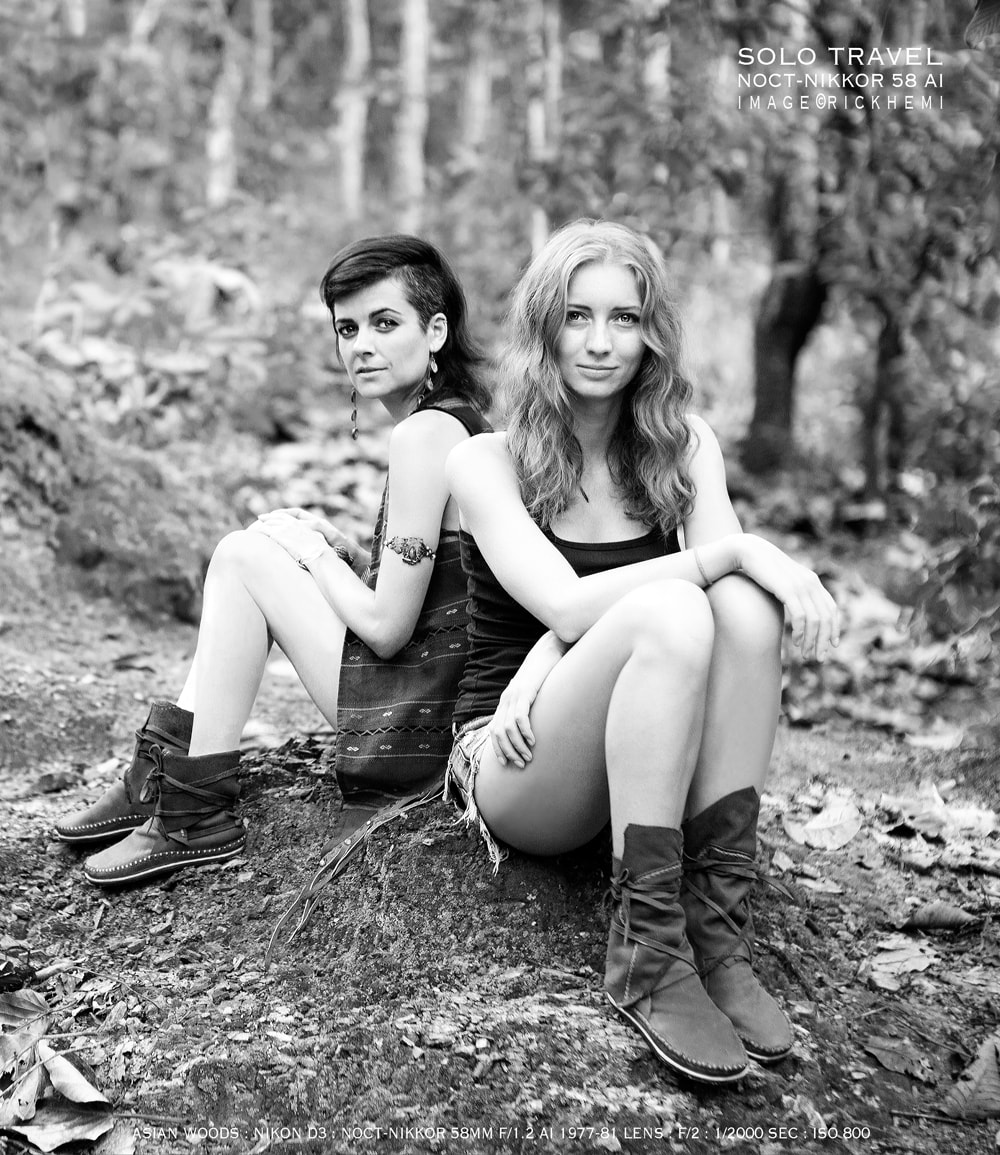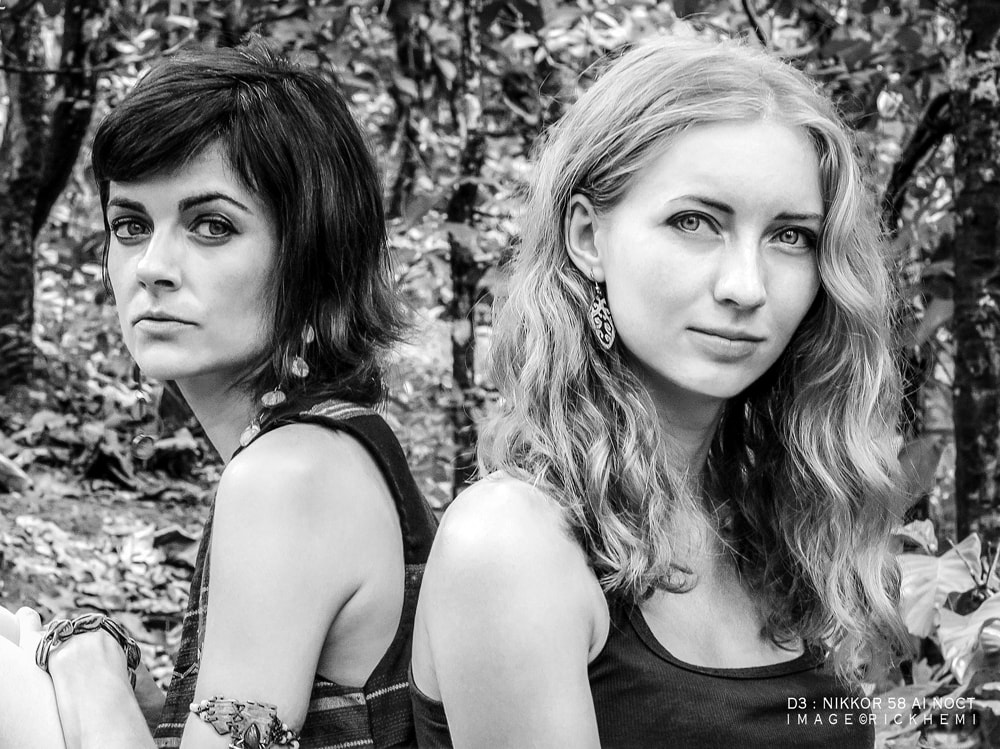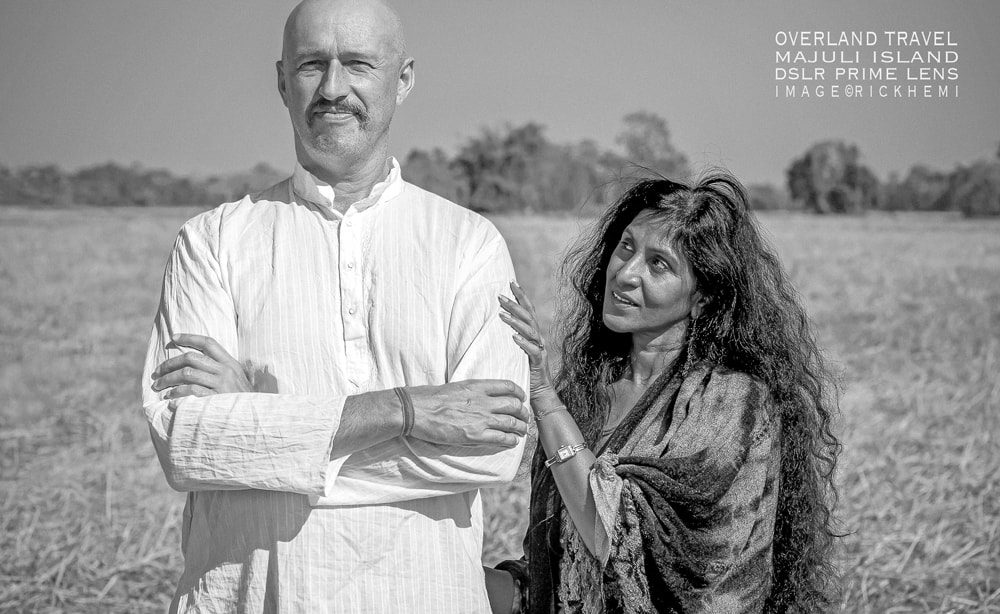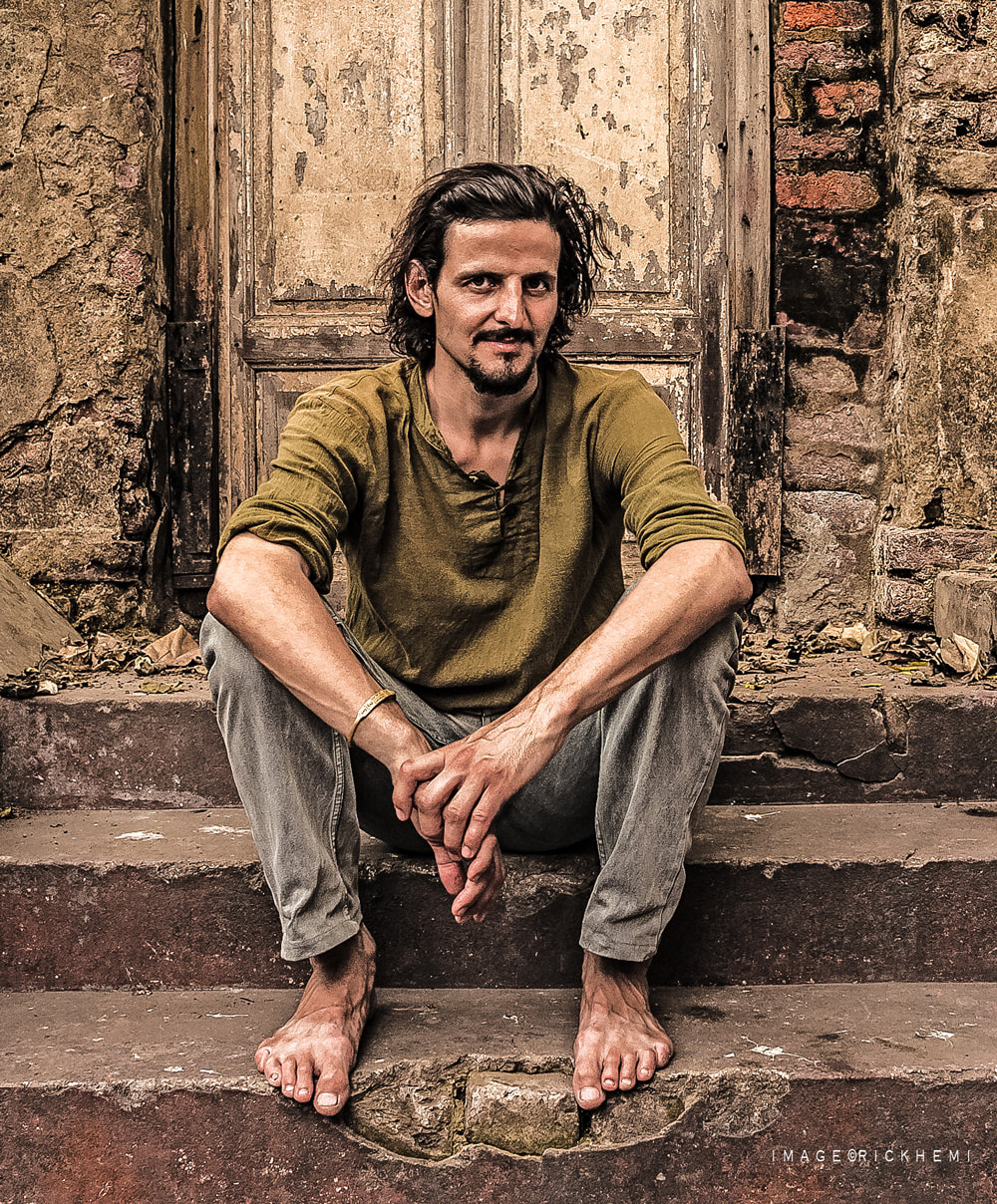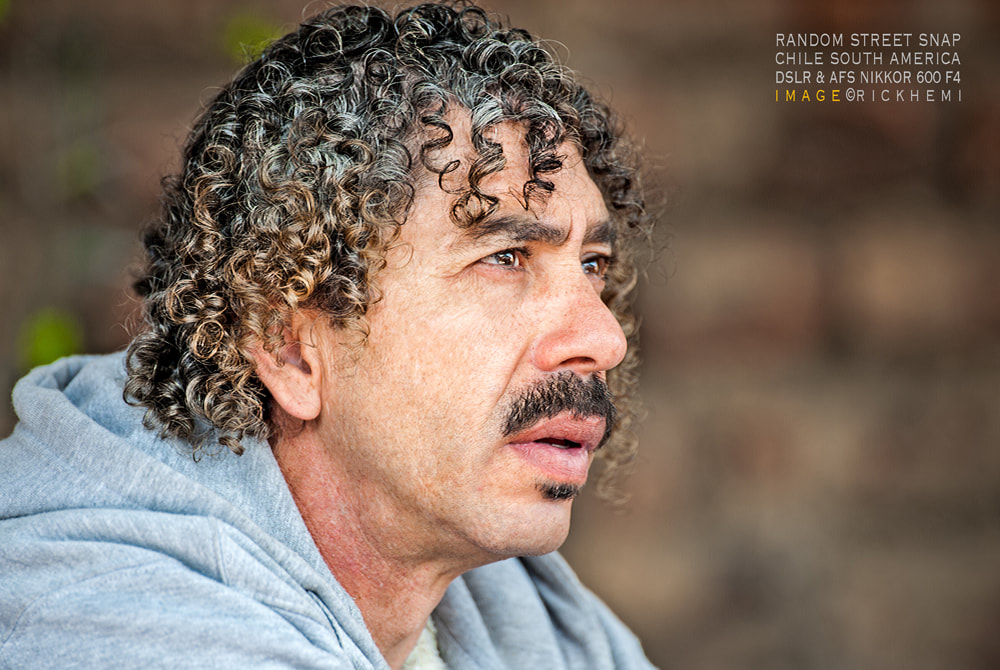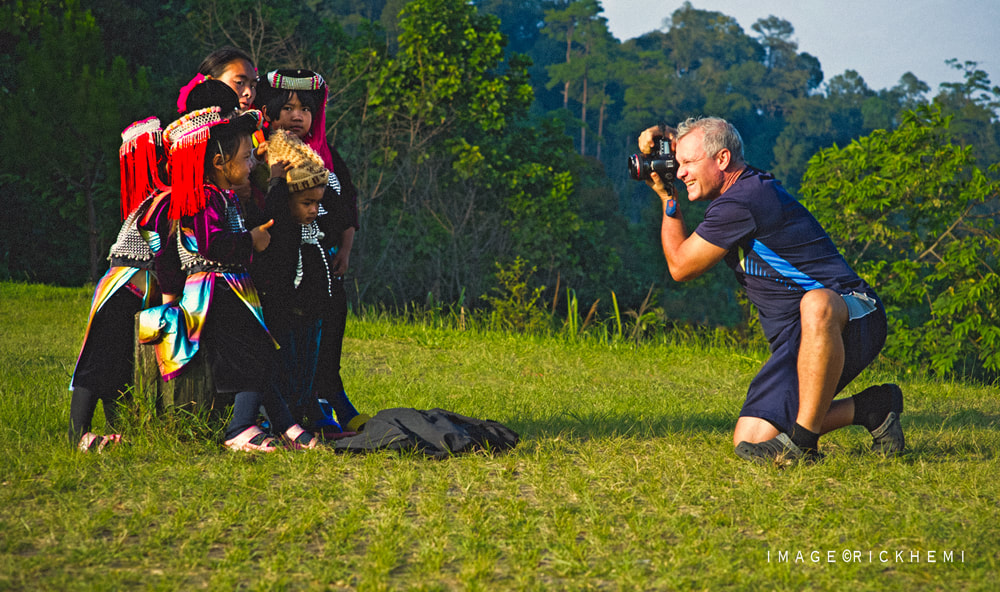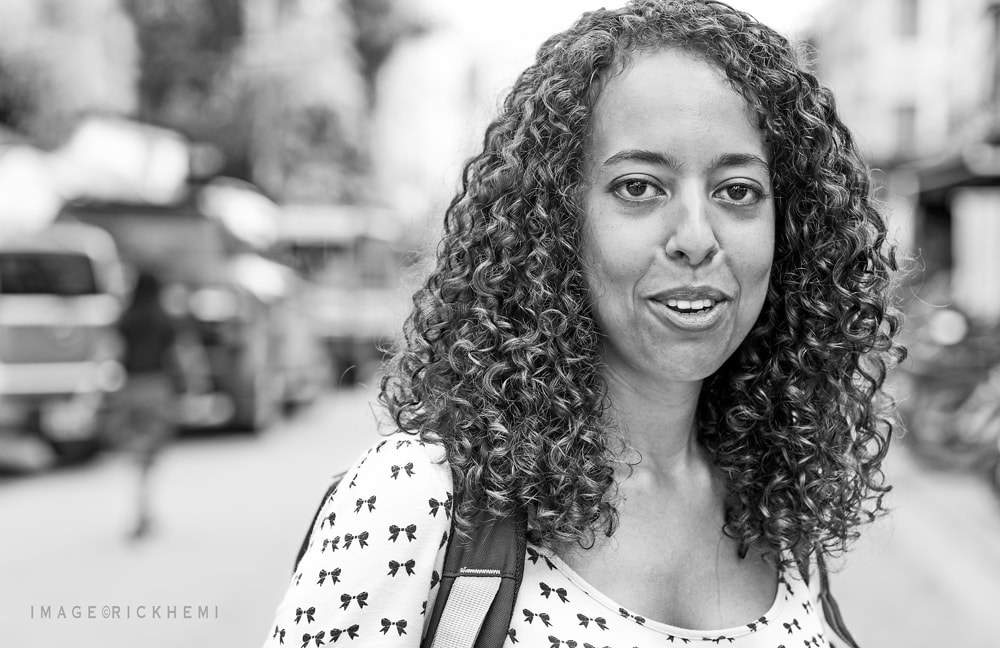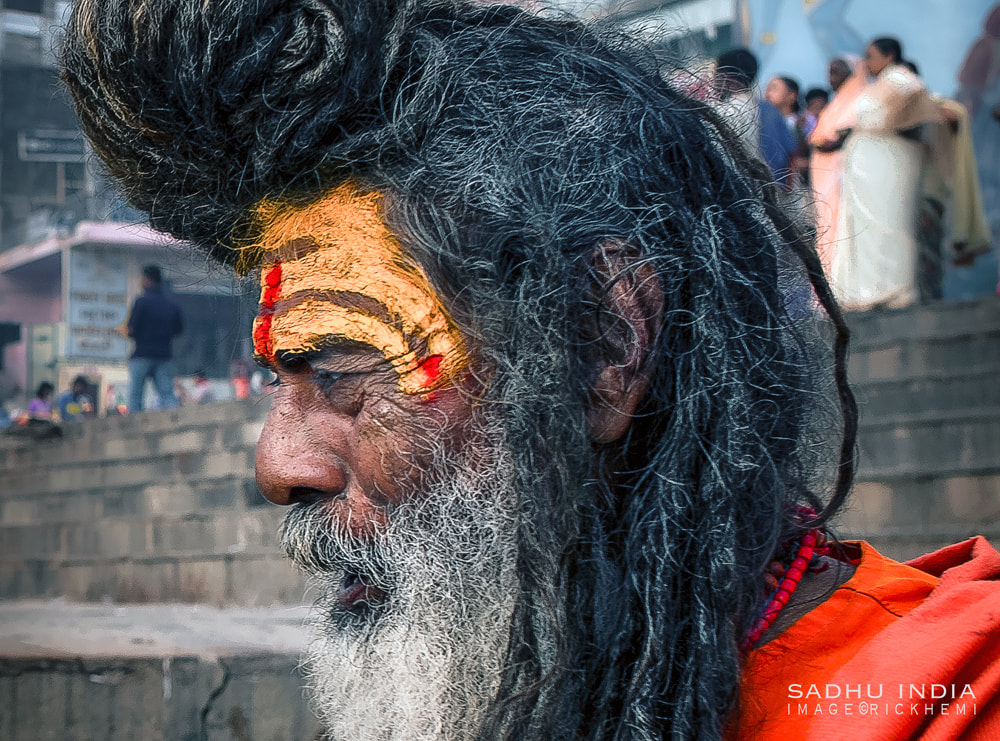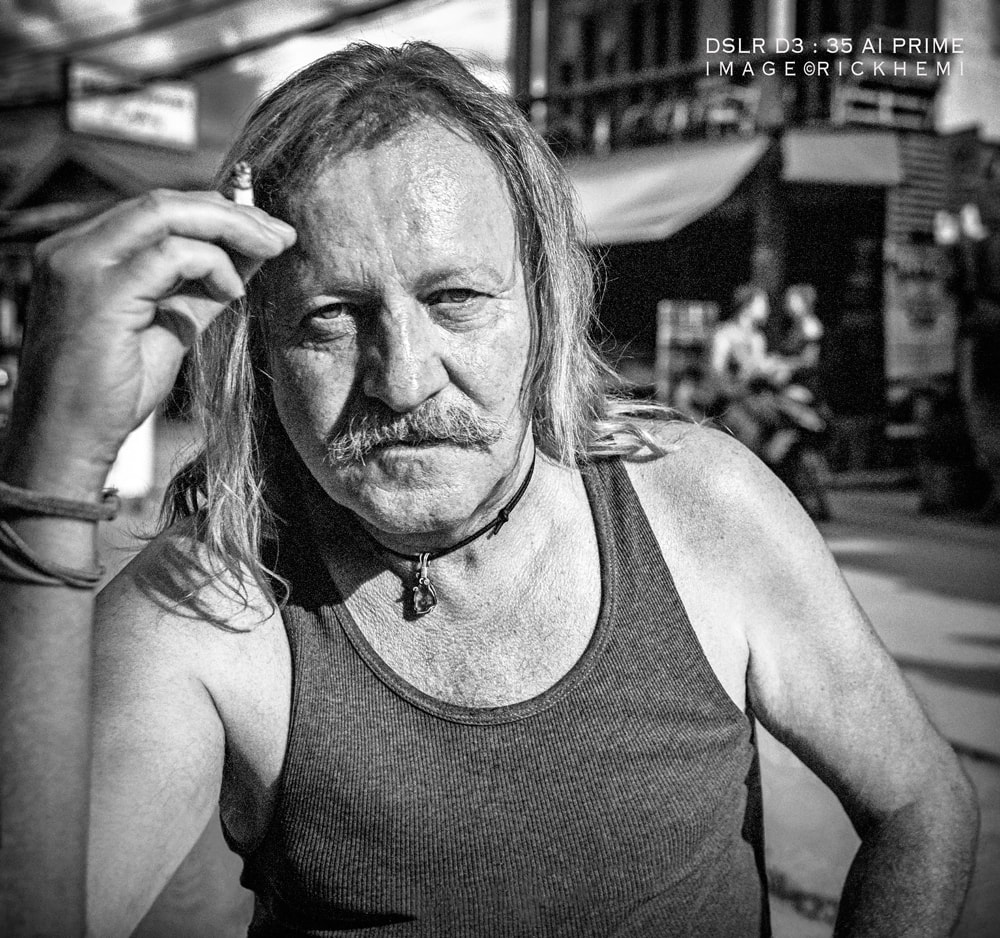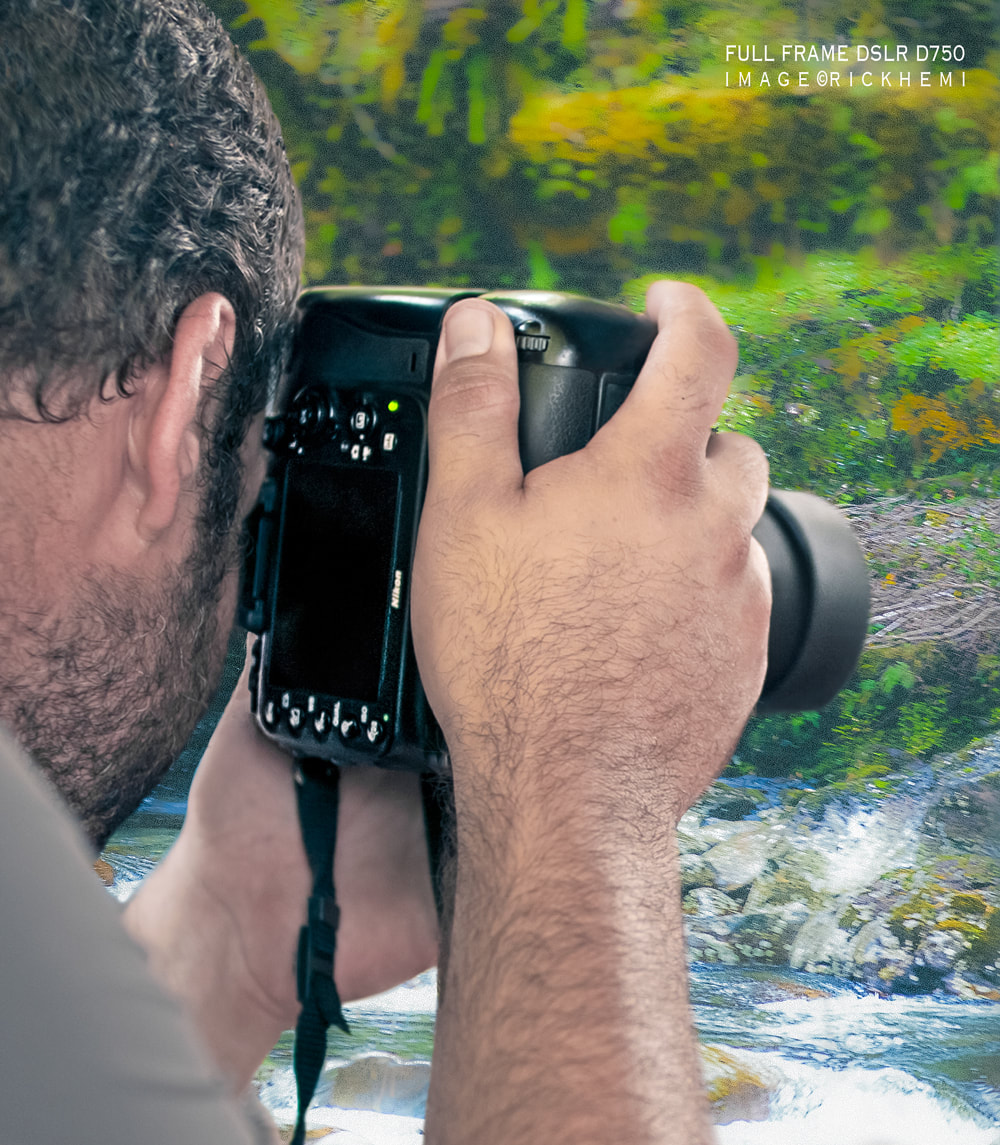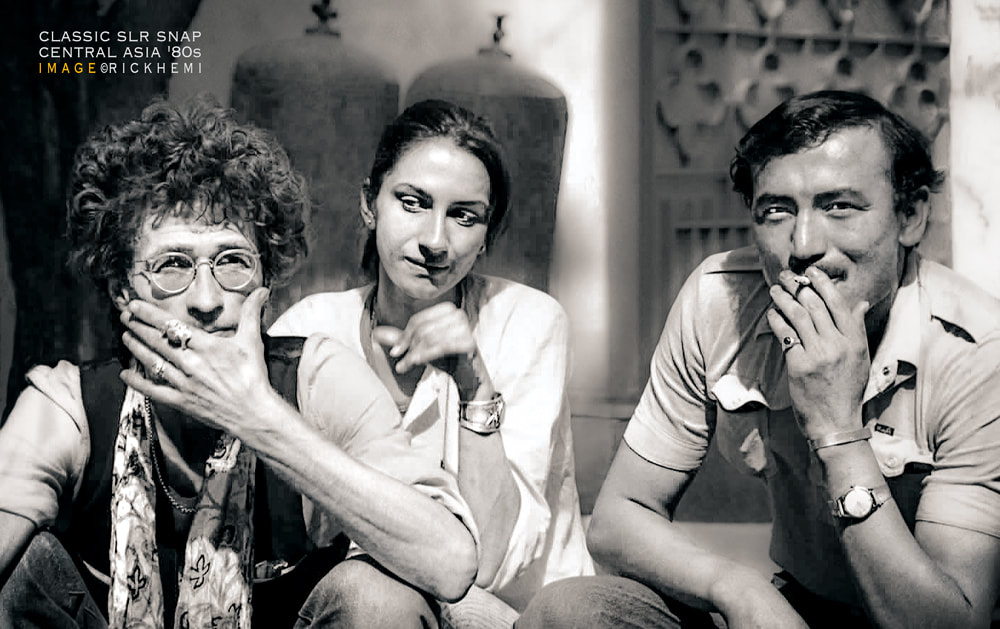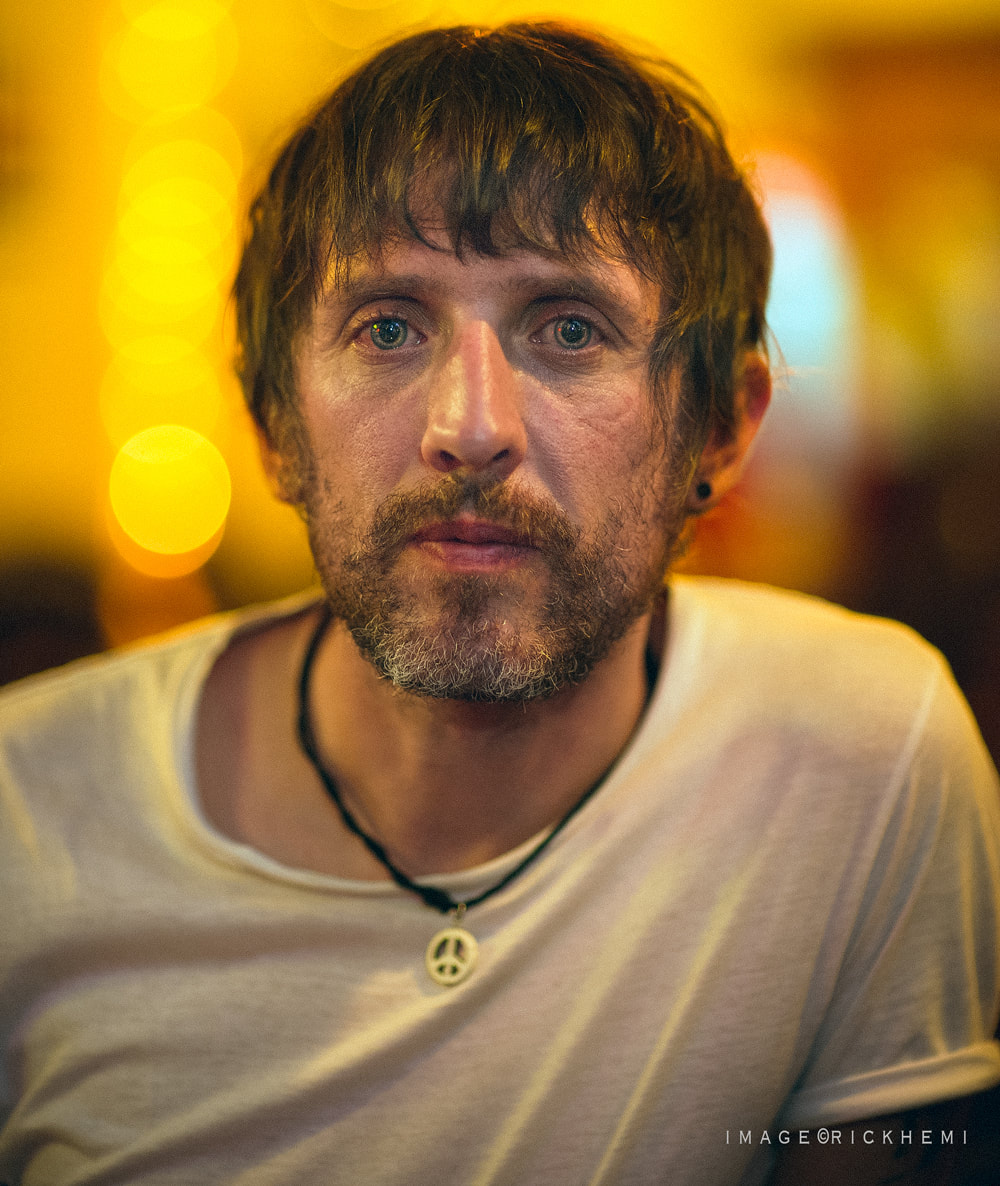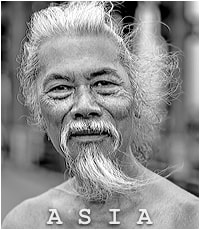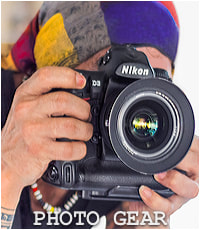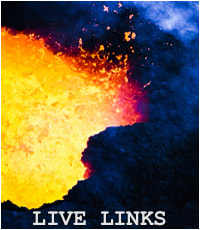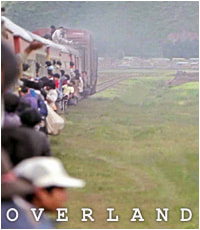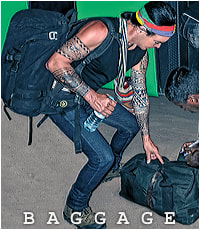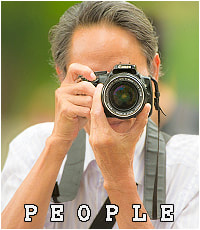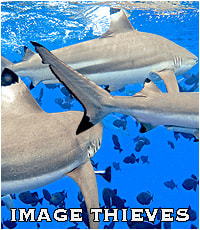Intrepid Overland Travel
Overland Travel - People Snaps
All Images By Rick Hemi
When traveling offshore, do you take more images of yourself rather than taking images of other people?
More than often, I capture random street snaps of other foreigners offshore. Other street photographers are always interesting to watch and photograph of what they're doing. Sometimes watching other people how they capture shots adds positive ideas increasing the learning curve. Foreigners strolling around offshore using real camera gear isn't as common as it used to be from only a few years ago, although one can be lucky enough spotting the odd tourist using real cameras instead of smartphone cameras. Smartphone travelers all appear to think alike having the hive mindset of taking more images of themselves rather than of other people. We now travel within a world full of narcissistic selfie addictive social media junkies. Can it get worse? You betcha, as long as newer innovated smartphones keep rolling out, the selfie social media addiction continues. Smartphone travelers reading this - hey no offense, but do try breaking away from smartphones and use real cameras instead.
Above, random long shot, DSLR, AF-S Nikon 200-400 f/4 VRII @ 600mm. Below, grabbing a snap of a local taking snaps of a tourist couple on the Santa Cruz trek. He knew what he was doing using that DSLR. Getting down as low as possible shooting upwards at subjects, is one of many examples defining the difference of pro and subpar photographers. This image is here because of that.
Midwinter morning Himalaya. The clothing worn by this photographer reveals the subzero temperature. At the time this snap was taken, it was minus -12C. Adding the 4200 meter altitude and windchill factor @10KPH, it was minus -19C. Using a Nikon Coolpix P1000 up at this elevation, below minus -10C, requires a few extra fully charged batteries. (subzero temps rapidly drains batteries).
Out Of Focus - Disappointing Travel Snaps
Snaps taken by others of yourself - out of focus - bad composition - overexposed - underexposed - grainy.
Above, a classic snap taken of me in the '90s in Asia. The composition is OK and would have been a good image if it was in focus. The person probably had difficulty focusing one of my SLR F2AS cameras. The other Nikon F2AS on the table had an MD3 drive that could finish a 36 roll film in 3.6 seconds. Below left, whoever grabbed this snap with a point and shoot must of been in a rush for another beer. Below right, I took this image using a D800 DSLR.
There's nothing worse than someone taking images without knowing how to capture images properly. Today, there's no excuse, especially with all the user friendly cameras that have flooded the market over the last decade or so. The issue is more apparent with those addicted to using cell phone cameras who can't handle the weight of holding DSLRs.
Others grabbing snaps of you, cut off captures, out of focus, blurry, wrong composition, overexposed.
Below, a night snap taken by me as a test shot using a high end point and shoot camera to determine adjustment settings on a DSLR camera for better results. Now and then, I use point and shoots like how instant Polaroid cameras were used for final adjustments on 6x7 120 roll film cameras. The foreigner in the image doesn't even know this quick snap of him feeding wild hyena exists, and would probably be satisfied with it, although he does look a little tense showing symptoms of fear.
Below, as you can see, this would of been a great snap if the person, another foreigner taking the shot had known how to hold and use real cameras. This is a typical user error out of focus low light night shot. Handing heavy DSLR cameras to smart phone travelers capturing images like this may end up disappointing. Smart phone travelers are the worst for this, they can't handle heavy stuff. I had returned to the same location a few nights later with another street photographer swapping DSLR cameras capturing some great wild hyena feeding shots. Always check images taken by others if they're in focus, not cut off at the feet, and have the finished composition that you wanted.
We're not all perfect street photographers by a long shot. We all make our own mistakes. These below, taken decades ago are out of focus. Was this caused by camera/lens issues? No, this was user error. All other images on both roll films were in focus. The SLR body, an F2 Photomic never faulted getting shots perfectly since '82. The lens, a standard 50mm f/1.4 AI was also flawless. This was probably caused from incorrect focus or slight hand movement when depressing the shutter. What I should of done was to take several shots ensuring one of them would of been in focus.
Below, an issue sometimes with camera lenses is fogging. This occurrence happens when photo gear is stored inside rooms with colder temperatures than outside. Camera gear inside air conditioned rooms in the Amazon require time adjusting back to outdoor temps. The below image shows lens fogging caused by damp cold storage with a difference of only 10C. What I should of done, is to have placed the camera bag in a shady spot outside for an hour or so. The worst scenario with lens fog, is if lens elements contain dust specs which can then quickly turn into fungus growth spreading across lens optics.
We all have our share of off-days using camera gear. It can be simple as being out and about only to find the battery's flat without any backup battery, or using the wrong lens. Make no mistake, most camera issues are the result of user error. Maybe this is why the majority of people today prefer smartphone camera junk to get their shots.
Typical user error DSLR camera still snaps. Wrong exposure or the incorrect lens ends up like these examples.
No, this wasn't an intended black and white silhouette snap, it ended up this way because of camera user error. Adjustment settings were incorrect creating this no brainer image i.e. wrong exposure compensation and ISO. The below image is one of those calculated duds, a capture that was already known it would end up like this. Some may ask why did I take it anyway? Actually, these cranes were in flight passing close by without enough time to grab another lens and body.
Below, No this isn't one of those hidden trip cameras in the wild. It was a no brainer misfire that happened accidentally getting to close to this passing wolf. I missed what could of been a great closeup shot. This image is here to remind myself and others that sometimes user error happens when the one chance to capture images like this goes up in smoke. We are human, all humans make mistakes.
Getting the shot using full frame DSLR photo gear, is by knowing your photo gear, how it works, how it functions, and trusting the lens to do its job. I use DSLR full frame lenses to capture images. I use full frame DSLR bodies and lenses for random street portraiture, landscape, astro, and off course, for wildlife. 99% of image failures out in the field, is user error — not camera gear. A flat drained battery without any backup battery is user error, out of focus shots is user error, under and overexposed shots is user error. It's best to be familiar with photo gear before heading offshore. There's usually only one chance capturing a single shot like below before disappearing - forever.
Below, location snaps may sound meaningless at the time, but as the years roll by, all those quick location shots taken by others keep their value captured at certain locations. Even if one travels solo, the ease of asking locals to grab a few shots with a backup camera like below isn't difficult.
Overland Still Photography - Composition Errors
Cut-off people shots below the knees look horrible no matter the location. The above snap gets 0/10 for all the right reasons from not being further back when the image was first captured. This happens to all of us when in a mad rush to get as close as possible to subjects, instead of remaining further back. Yes, this local was in rapid transit with a load of fresh fish, with only one arm carrying the weight in scorching sun — that's one strong woman. At least with this particular DSLR, a cropped enlargement from the same image was salvaged.
Overland Offshore - Foreigner Snaps
Capturing portrait snaps of other foreigners offshore using DSLR camera gear - Aussies.
Street snap with a DSLR full frame 12MP D3 with an 85 1.4 prime lens @1.4
Street photographer's worldwide use real camera gear, not smartphones — DSLR snaps from different continents.
A lens that captured plenty of street and landscape images in the early 1990s was a Nikkor 50-300 f4.5 ED AIS manual focus zoom.
A random street shot taken with a dinosaur Nikon D3 and 85 prime, cropped and enlarged 80% from its original file size.
Capturing stills of other foreigners, south east Asia, Nikon full frame D3S : AF 85mm f1.4 @ f/1.8
I like everything simple doing street photography. The Nikon D3 with the right lens does just that capturing stills.
1980s, the best decade of overland travel — Total freedom : No junky smartphones : Zero wokeness : No yuppie travel bloggers.
Local street photographers doing a snap frenzy on this female. They didn't bother taking lower angle captures of her — above, tripod snap.
Crazy French overland travelers doing their thing @5450m minus -12C — South American Andes.
Retro fashion snaps taken with a dinosaur Nikon D3S. I'm still using this reliable 12MP body in the 2020s for street photography.
An Argentinian friend with his F2, 80-200 AI lens taken with an SLR Nikon F2AS — Overland travel roll film days 1980s.
It's not about having certain camera brands capturing images — It's the person behind the lens mastering what's being used.
This classic roll film snap would probably be more inspiring, if the dude in it knew it existed - SLR roll film days 1980s.
Capturing random people shots of complete strangers is a part of any overland travel journey — Nikon DSLR full frame snap.
Some foreigners travel offshore with piles of extra clothing, others with guitars and camera gear — DSLR D3 street snap
Any camera is only as good as the person using it. One can have all the latest photo gear only to find out it was a waste of time and money. Maybe just a quality lens is all that's needed. Before splashing out on newer stuff, is it because of glossy camera advertising that caused you to update? Or, is keeping up with the Joneses that important? Newer camera gear doesn't make you a better street photographer. Having an expensive guitar doesn't make you play any better. Driving a six speed V8 instead of a five speed makes no difference.
Random classic roll film snaps, like above, retain their ambience because of that timeline travel era — Nikon F2 SLR
Forget about jumping on bandwagons, like many do, comparing discussing camera brands. If your own camera gear is able to capture what you intended capturing with positive results — what's the problem? There is no problem. Nothing is more important than knowing what photo gear actually works out in the field yielding positive results. If you not a professional photographer earning a crust from photography, avoid rushing out splashing cash on stuff that will eventually be resold for half of the original purchased price. Just for reference, a below moon shot recently captured — wait for it, with a 1986 Nikkor manual focus prime lens. That's a 36+ year old lens.
Color, black and white image stills makes no difference with the dinosaur D3. Just focus and get the shot.
Grabbing quick snaps during transit heading down river from Angel Falls — full frame DSLR camera gear.
Even novices use some form of camera gear (not smartphone junk) — random street shots, Cambodia, Thailand.
Tall people rarely get down capturing their street images. This image was taken at near ground level — It makes a difference, DSLR D3
Foreigners out and about using DSLR, mirrorless and point and shoots — Nikon DSLR full frame random street shots.
This dude has probably been using Canon camera gear all his life — No problem there, Nikon D3S street snap.
These Europeans were in Asia traveling with no camera gear, only junky smartphones — Nikon DSLR full frame, 28mm prime lens.
Old timer street photographers using different camera brands. As long as they capture what they take — There's no problem.
Some of the best full frame DSLR cameras were designed between 2007-2015, including quality made lenses. Anything beyond this timeline, is nothing more than hyper sales marketing, directed at videography. Purchasing good quality used camera gear at competitive prices can be found at KEH Cameras USA.
Did you know, if the entire global population trashed their smartphones down the toilet, the world would be in a better place today. Think about it, no more surveillance, no snooping, no spying, no more tracking, no more QR-Code control, no personal data breaches, no more spying Apps, no more narcissistic selfies, no more control by social media platforms, just total freedom as it used to be - Got It? George Orwell already warned what was coming. The planet has become nothing more than a theater, controlled by powerful Luciferian bloodlines. As always, do your own research — Trust nothing question everything.
The difference between smartphone camera junk compared to real photo gear is apparent in the above images. Smartphone cameras are unable to capture distant shots, like above, retaining sharpness when cropped and enlarged. Smartphone cameras are unable to capture 5% lunar, eclipse, or direct sharp tack sun shots. No wonder wildlife, landscape and astro photographers use real camera gear, leaving junky smartphone cameras switched off in their back pockets. Images - DSLR full frame photo gear.
This Golden Triangle monument in the 1980s with a backdrop of the Mekong river — subpar snap.
Like myself, there's others out there capturing random street images of people. I captured these shots from distance of others in the act.
A Brazilian film crew interviewing live feed with an English tourist during carnival. 99% of foreigners I met through the carnival were either robbed of cash, smartphones and cameras, or all three. This happens all the time, because foreigners become to complacent offshore assuming nothing will happen to them. I've personally been throughout Brazil — countless times since the 1980s, entering the country from all directions, using local transport, and self-driving. I've left Brazil on each overland journey with baggage and photo gear I arrived with.
Enjoying high altitude sunshine absorbing loads of natural vitamin D, even with a windchill factor at minus -15C.
A German national posing into the lens — Nikon DSLR D3, 28mm 1.4 prime lens
At times you either take the shot or not without any time adjusting camera settings — this one made it, Nikon full frame DSLR.
A foreigner loaded with pro-photo gear. I'm sure he was working for a reputable news magazine — long shot zoom 600mm cropped.
Chinese tourist casually strolling within an over-rated getaway location. At least she's using a real camera — not smartphone junk.
Street snaps taken with various full frame DSLR bodies and prime lenses — I don't use smartphone junk.
Not too serious — Having fun with a full frame DSLR and prime lens @1.4
What is quality? Anything that was designed over 40 years ago still capable of doing what it was first designed for.
The days of using manual focus lenses aren't over just yet. Street photographers far and wide around the planet still use those solid all metal made constructed lenses. Here's one of them. Noct 58 f/1.2 AI 7 blade lens coupled to a 12MP D3 body took these shots.
Everyone today wants newer stuff. It's called consumer spending even though in many cases, this is not necessary. Camera gear is replaced, traded in for updated designs. Actually, when taking a closer look at top quality prime lenses that were made over four decades ago, they still perform and even out match a lot of replacement lighter weight junk made in the 2020s. The problem is their weight. Imagine Gen Z using heavy 50mm lenses — my word, and they also require to change apertures and manual focus at the same time. No wonder the majority of Gen Z use smartphone cameras.
Random street interaction with total strangers capture shots like above — D3, manual focus Noct 58mm AI
Find some open space, position subjects accordingly, focus, take the shot — DSLR full frame, prime lens
Burger Queen, Pai, has the best mouth watering beef burgers, fresh salads and cold ales.
No fancy background required here, the rougher the better — DSLR full frame street snap.
Scandinavian chick enjoying time out in desert wilderness, Middle East — Leica point and shoot
This street photographer is in tune getting low as possible capturing the shot — Nikon D3 snap
You know when you meet other street photographers. They're using real camera gear — not smartphone junk.
Ahh Oui, 100% French — DSLR Nikon D3S, 85mm 1.4 prime lens
Recognizing foreign nationals becomes easier when spending most of your life offshore. This dude is Mexican — Long shot AFS 600 f4.
American street photographer, south east Asia — Nikon D3S, AFS 200-400 f4G II
All the bells and whistles ready for action, canon press photographer — Nikon D3, zoom lens
Fitness yoga instructor doing her thing, Colombia — Nikon DSLR full frame
Side street cafe portrait, South America, 1991 — Nikon F2AS, prime lens roll film days.
Street photographers use real camera gear — long shot, D3, Nikkor 800 5.6 AIS
It's rare meeting Moroccan nationals roaming through streets in Asia — Nikon D3 street snap
A local Indian street photographer showing an image he had just taken of this Sadhu. He explained that some Sadhus disliked being photographed for numerous reasons. This Sadhu didn't want to be photographed, until being told his portraits play an important roll for future generations, and will be archived along with other Sadhu images captured randomly through the country.
There was enough ambient light although fading quickly for this portrait snap — Nikon D800, 28mm 1.4 prime.
Taking street snaps of other foreigners offshore are captured with anything available at the time — D3, 35mm f/1.4 AI
Backpacker chill out lounge snap — DSLR full frame, AFS 14-24 2.8 @14mm
Burmese monk using an upmarket point and shoot. His smartphone was nowhere to be seen.
Beach strolling with camera gear requires caution. Sand and salt water are enemies of camera gear — DSLR full frame, prime lens.
Keeping fit and healthy with free doses of Vitamin D, Kenyan coastline — long shot DSLR full frame, AFS zoom in DX mode @600mm
I never got to use the 2014 D750, but those I did meet offshore using this model swore by them.
The classic days of using roll film SLR camera bodies. I bumped into these foreigners en-route to Afghanistan. They didn't travel with cameras, so this image is probably worth more to them now than when it was taken — if they knew it existed. Below, one thing I learnt early when taking people shots, is camera angle. How many times have you seen images that could of looked better, if taken at lower levels? Even the classic snap below, captured with a Mamiya RB-67, in the 90s was taken at ground level.
Below, a low resolution copy of a copy. Imagine the quality if the original 6x7 cm negative was used instead — Mid-1990s roll film.
Canon, Nikon, Fuji, Sony — All camera bodies perform well capturing stills. What's important, is what lens is being used.
Random street snap, a local using a point and shoot instead of using her smartphone — Nikon D3, 35mm 1.4 AI, 1977-81 prime
One of those don't care snaps taken in low light of a fellow traveler - D3 Nikon : 85 Prime 1.4 @1.4 : 1/40 Sec : ISO 1000
Older model DSLR full frame bodies in the 2020s for still photography hasn't disappeared. Seasoned street photographers know lenses are more important on whatever cameras they're used on. Still photography doesn't require the latest tech, just the usual necessities to capture the shot. Some of Nikon's earlier DSLR bodies have proven track records, and built like tanks. A few bodies worth mentioning are the D700, D3, D3S, D4S, and D850. Those who struggle capturing good shots of anything will normally place blame on their camera gear, instead of themselves. In most cases, it's user error at fault, not camera gear.
Do I use point and shoots? Sure do, I've used numerous brands giving different results. One classic point and shoot I still use, a Canon Ixus Power Shot from 2009. A fully designed and assembled camera made in Japan. The Sony RX100 V, another lightweight point and shoot used in minus -20C in high altitude with no issues, apart from rapid battery drainage. Spare batteries are a necessity for all point and shoots. Images of both cameras can be seen on this page. The Nikon P1000, a powerful point and shoot with 3000mm zoom will get those long shots, although a tripod is necessary obtaining clear sharp in focus images.
Even though the addiction in the 2020s to travel offshore relying on smartphone cameras, there are those who prefer capturing their images with real camera gear. They are generally people who haven't fallen for the deception smartphone cameras now rule the photo world. They haven't, smartphone cameras are wannabe cameras designed for lazy people. A quick look at who uses real cameras wildlife photography : landscape photography : sports photography : fashion photography : wedding photography : astro photography : travel photography : studio photography : world photo competitions
Overland travel, nationals from Europe using real cameras on the Salar. Only flight babies and travel influencers reach destinations using smartphone junk. Avoid becoming one of them. At least use a good quality made point and shoot when heading offshore.
Just a snap, a Swiss national taking timeout on the Darjeeling rail tracks — SLR roll film, Jan 1988
Above, another street still photographer took the above snap. He knew what he was doing, even with my dinosaur Nikon D3.
Location snaps, highlands Asia, Juba, south Sudan. What is tall? And this local was slouching.
Note, all images are the property of the website owner. Image thieves will be placed in the website theft page.
www.rickhemi.com 2024
Design by DivTag Weebly Templates
